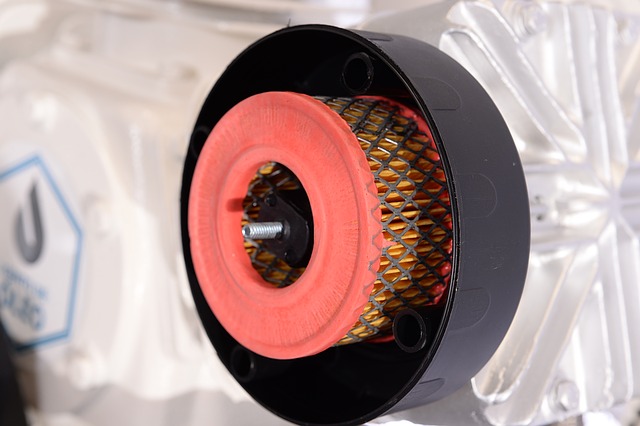
An air compressor is the heart of a comprehensive industrial setup. Irrespective of the scale of the activities, air compressors are indispensable for situations where a central source requires to control the entire mechanism of the enterprise. Just like the heart pumps out lifeblood to the whole body, an air compressors metes out power to all the mechanical limbs and organs of a factory or workshop.
There are different sized models with different power capacity to cater to each type of undertaking. The big advantage of using air compression to power machines is that it can do away with the need of a bulk motor. The compressors – no matter the type – run on a single motor which can convert electrical or other forms of energy to kinetic energy and fuel large equipment as well as smaller, handier tools. Air compressors are also simple in design and have easily available and replaceable parts.
Before getting to the types of air compressors, let’s find out about the function of the device and how it works in a particular setup.
How does an air compressor work?
An air compressor can work on a variety of sources of power, such as electric, gasoline or diesel. It converts that power into potential energy and stores it within a chamber. When the air pressure reaches the highest limit within the chamber, the compressor shuts off, and can thereafter be used to run whatever machinery you intend on using. Once the air pressure goes down to the lowest limit, the compressor needs to be turned on again.
The unit rate of a compressor’s air delivering capacity is stated in cubic feet per minute (CFM). In practicality, it depends on the current atmospheric pressure, temperature and humidity in the air, which is why manufacturers set it at a mean of the sea level in a standard CFM or SCFM. It is usually stated at 3.0 SCFM at 90 psi air pressure, 68° F temperature and 36% relative humidity.
What is the function of air compressor?
Air compressors have a long list of utilities, as mentioned before, in a variety of fields. Some of them are:
- Filling gas cylinders
- Powering pneumatic HVAC systems
- Supplying clean air for surface-supplied divers
- Operating pneumatic tools and equipment like stapling guns, grinders, jack hammers, sanders and wrenches
- Filling HPA tanks
- Airing tires in the automobile industry
- Creating air pressure treatment for other industries like petroleum coking oxidation or cement plant bag house purge systems
What are the three types of air compressors?
There are many different types of air compressors, classified broadly on the basis of their displacement type. Positive displacement is the most common kind which reduce the space occupied by air mechanically to increase pressure. There are three major types under it.
a) Piston compressors – Air flow in these devices is controlled by the motion of pistons and a one-way valve forcing air in and out of the chamber. They come in lower prices and great for low duty operations. They can also be disassembled and reassembled easily. But on the other side, they are heavier than other compressors of same CFM. It also requires an air receiver tank which adds up to the bulk.
b) Rotary screw compressor – Positive displacement compression is done by the movement of two helical screws which guide air into the chamber upon turning. These type of compressors have long life span and heavy duty capacity, and are capable of running round the clock. These features make them a favourite in industrial sectors across the world.
c) Rotary vane compressors – Rotary vane compressors have fewer moving parts than the other two kinds. They are cheaper as well and parts get significant wear and tear. Vane compressors operate with a slotted rotor for varied blade placement to guide airflow.
Which is the best air compressor?
Campbell Hausfeld compressors is one of the best in the market. Established in 1836, they are an extremely professional brand when it comes to the line of air compressors and related tools and accessories. Their range of products include semi-industry grade compressors, portable and light-weight compressors with accessory kits, 2-stage air compressors, spray guns, quiet and oil-free compressors, and so on.
They have devices for large scale operations in factories and industrial sectors such as the 30-gallon compressor and generator combination unit, the 10-gallon compressor, generator and welder unit or the 30 to 80 gallon 20stage air compressors.
Campbell Hausfeld also provides for household tools and smaller businesses with products like the 6-gallon oil-free compressor or the 3-gallon compressor with a 10-piece accessory kit.
What is the rate of air compressor?
Campbell Hausfeld air compressors are available from a range of INR 15,000 for smaller devices up to INR 75,000-90,000 for the industrial ones. The rate depends largely on the gallons, horsepower and air pressure of the compressors.
From large manufacturing plants to the gas stations round the corner from your house to small scale businesses out of home garages, all sorts of establishments use air compressors to their benefit.

